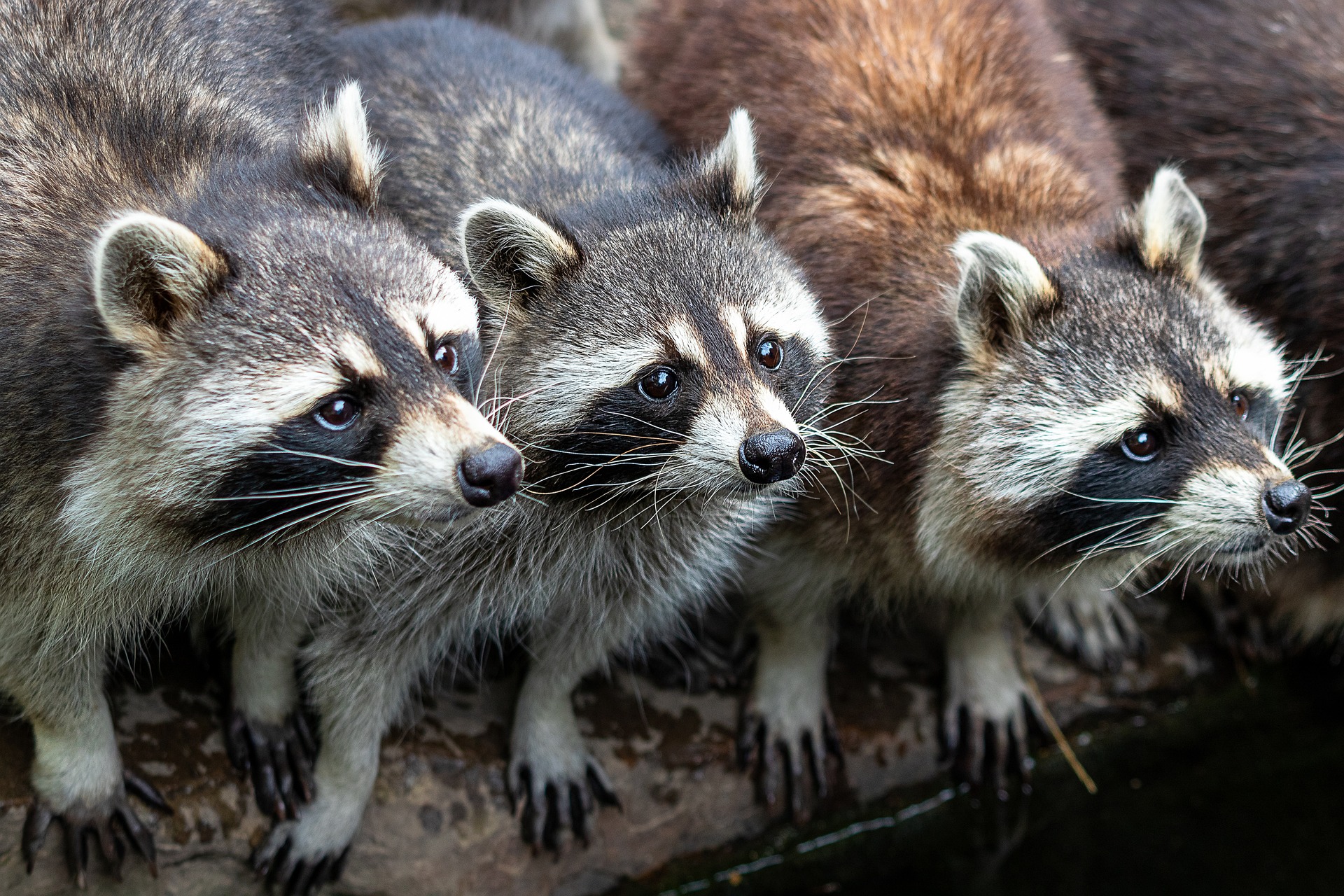The Secret Lives of Raccoons: Urban Wildlife Success Stories
Raccoons, often seen as pests, are highly adaptable creatures that have successfully colonized urban environments across the United States. Their intelligence, adaptability, and omnivorous diet have allowed them to thrive where other species struggle. This article explores the secret lives of these urban wildlife success stories and provides tips for peacefully cohabitating with these fascinating creatures.

Understanding Urban Raccoons
Raccoons are native to North America and have long been part of the continent’s wildlife. With the expansion of urban areas, these animals have proven their ability to adapt to new environments. Their intelligence, curiosity, and dexterity make them adept at exploiting human food sources, making them a common sight in cities and suburbs.
The Challenges and Benefits of Urban Wildlife
The presence of raccoons and other urban wildlife can sometimes pose challenges for homeowners. However, these animals also play a crucial role in urban ecosystems by controlling pests and cleaning up carrion. They are also an inspiring testament to nature’s resilience and adaptability in the face of human development.
Living Harmoniously with Raccoons
While raccoons can sometimes be a nuisance, there are ways to cohabitate peacefully with these urban dwellers. Securing trash cans, removing pet food from outdoors, and installing wildlife-proof bird feeders can deter raccoons from invading your property. It’s also essential to remember that raccoons are wild animals and should not be approached or fed directly.
The Role of Wildlife Rehabilitation
Sometimes, city-dwelling raccoons may need a helping hand. Wildlife rehabilitators across the country work to rescue, rehabilitate, and release injured or orphaned raccoons. They also provide invaluable education on living harmoniously with urban wildlife and the importance of preserving natural habitats.
Raccoons and Public Perception
Public perception of raccoons is often skewed by their reputation as pests. However, an understanding of their behavior and ecological role can foster more positive attitudes. Raccoons are a symbol of wildlife’s adaptability, and their presence in our cities serves as a reminder of the importance of urban wildlife conservation.
Useful Tips and Facts
- Raccoons are highly intelligent and have a remarkable ability to remember solutions to tasks for up to three years.
- They are nocturnal creatures and are most active at night.
- Raccoons have a diverse diet, consuming fruits, nuts, insects, rodents, and human food waste.
- It’s illegal in many areas to keep raccoons as pets due to their potential to transmit diseases like rabies.
- Raccoons use over 200 different sounds for communication.
In conclusion, raccoons are a fascinating example of urban wildlife success. Their adaptability and intelligence have allowed them to thrive in urban environments. By understanding their behaviour and ecological role, we can foster more positive attitudes towards these creatures and learn to live harmoniously with them. Their presence in our cities serves as a powerful reminder of the resilience of nature and the importance of urban wildlife conservation.




